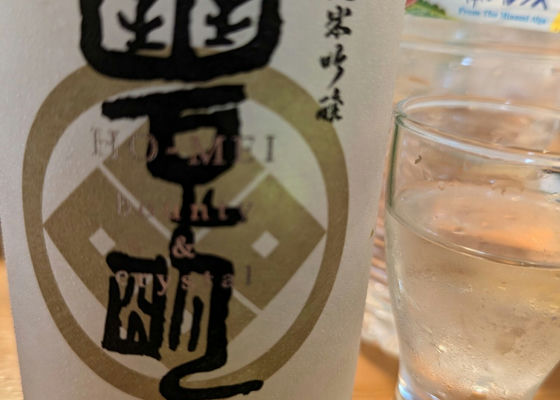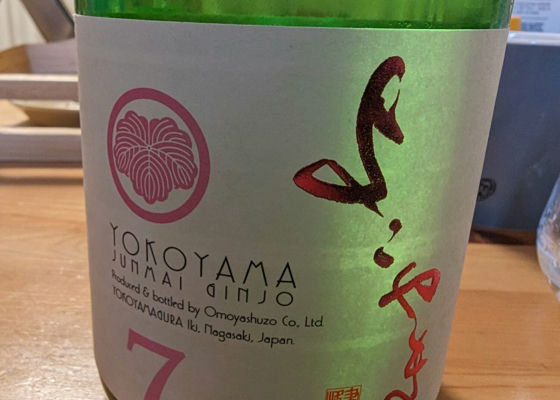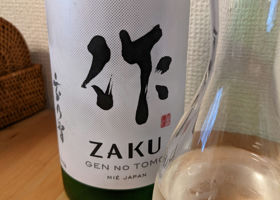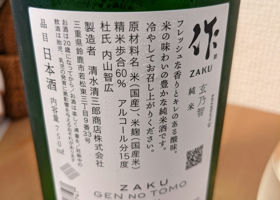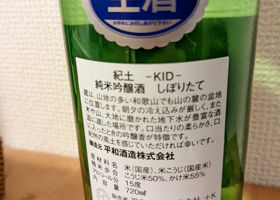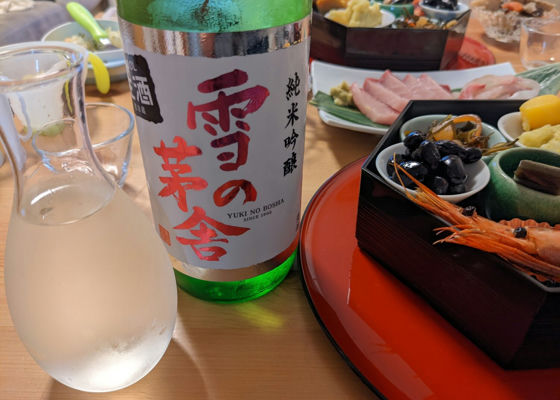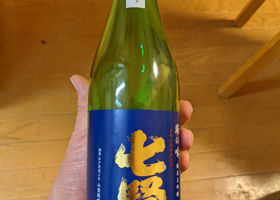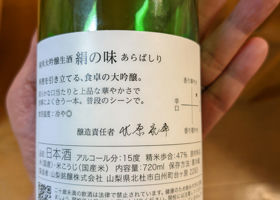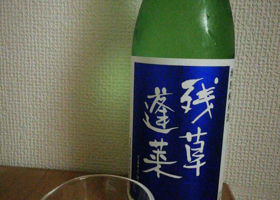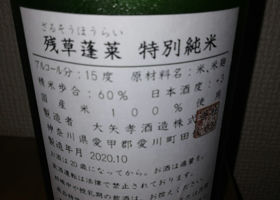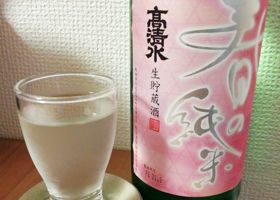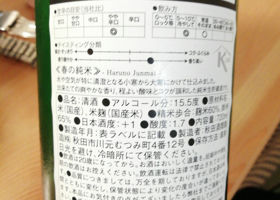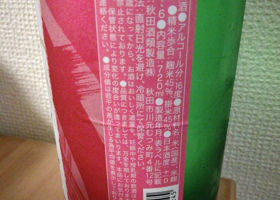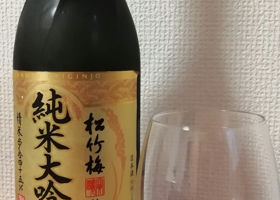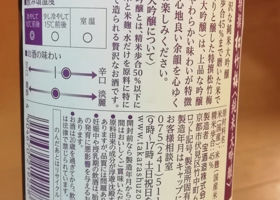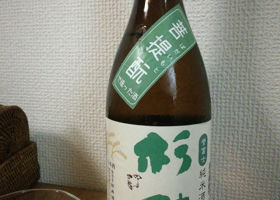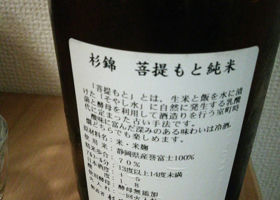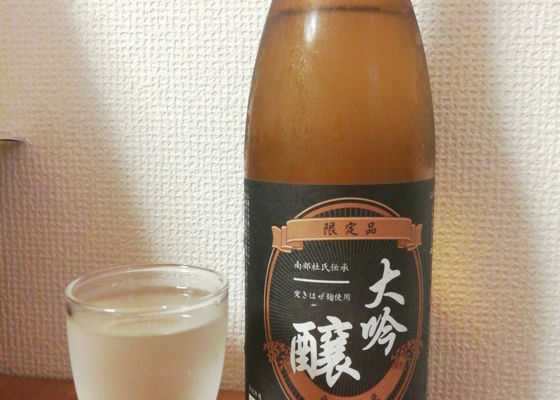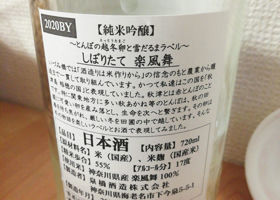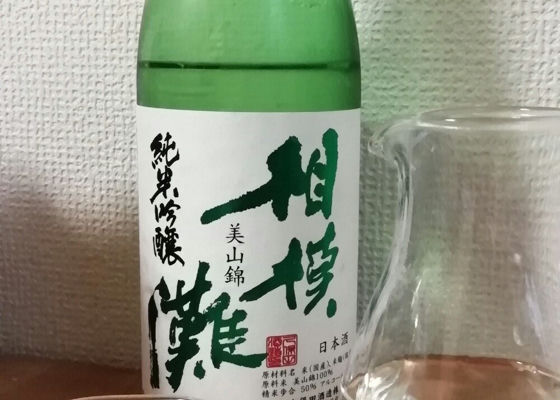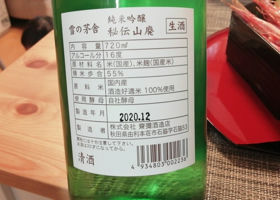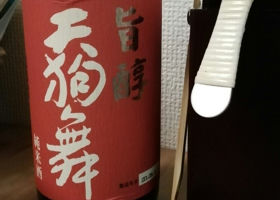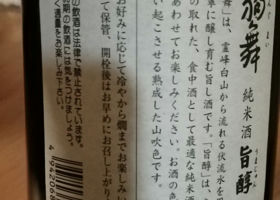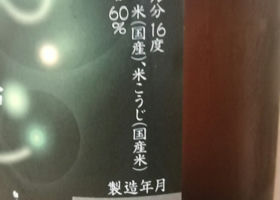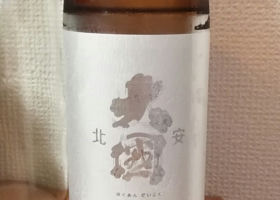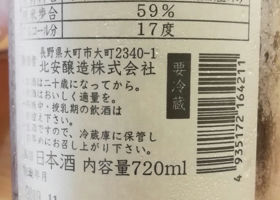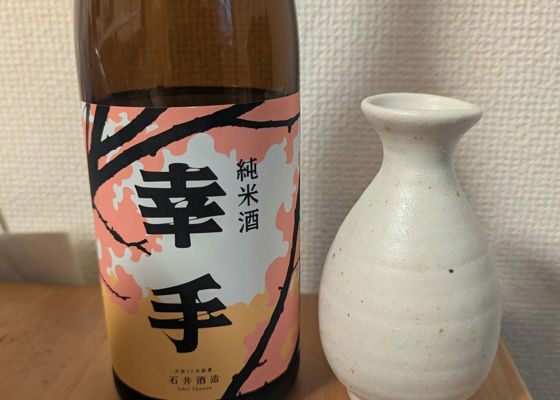
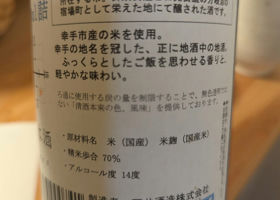

Roy
Ishii Sake Brewery in Satte City, Saitama Prefecture. This brewery has a long history dating back to Tempo 11. The name of the sake is written "Satte" and reads "Shiawase no te. The label is full of nostalgia in the kirie-e style. It claims to be the best local sake brewed with rice produced in Satte City.
As the claim says, it has a plump aroma of rice and a sour taste. This is a simple sake. The aroma is enhanced when served warm. It is a nostalgic sake that takes you back to the good old days in the Japanese countryside.
I'm looking forward to warming up with this tonight.
It has been a little less than a month since it was uncorked, but I decided to drink it hot for the last time at 42 degrees Celsius. I was surprised when I took a sip. The sweetness exploded in the mouth and the flavor was rich. This is good. It is common for the flavor to fade with time, but it is a fresh experience to see the flavors become richer. I would like to remember this as a sake where you can enjoy the changes.
Japanese>English
